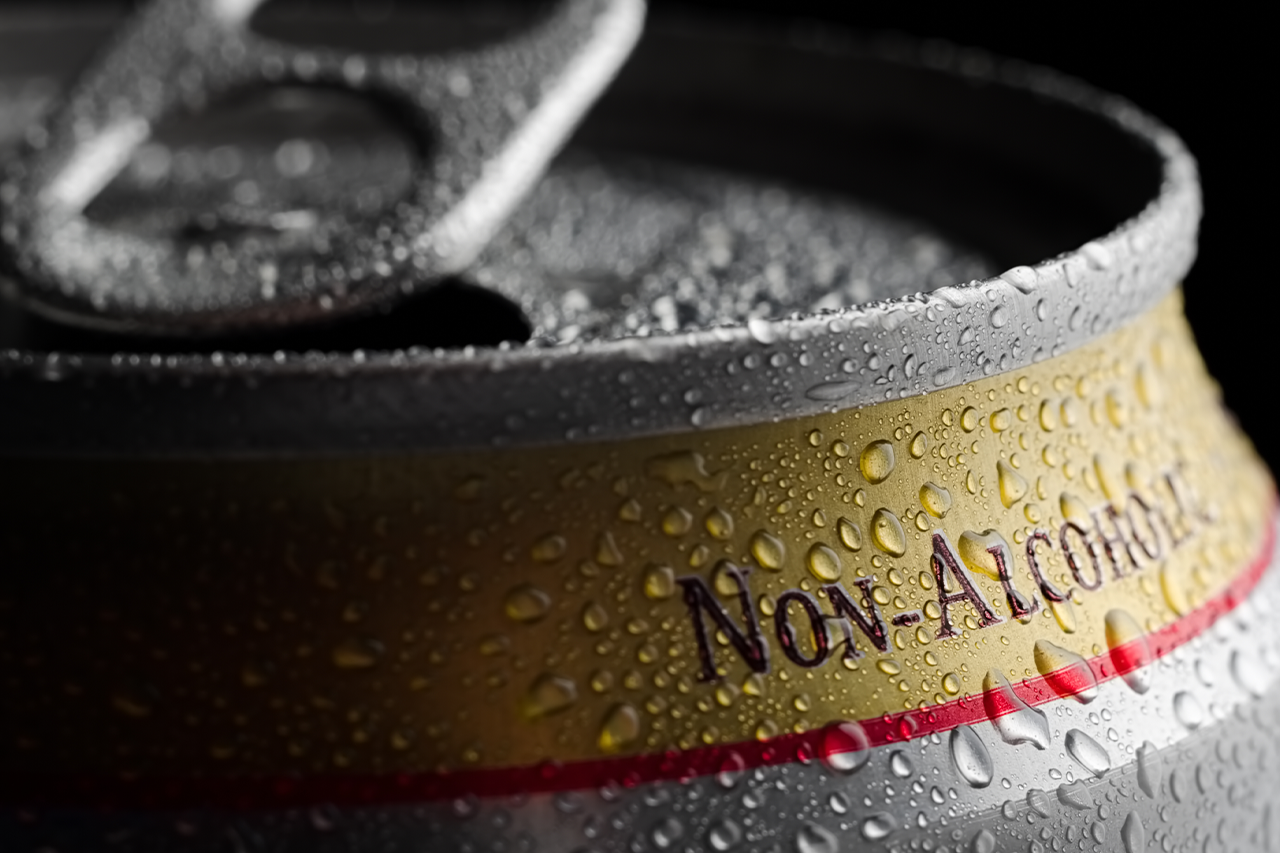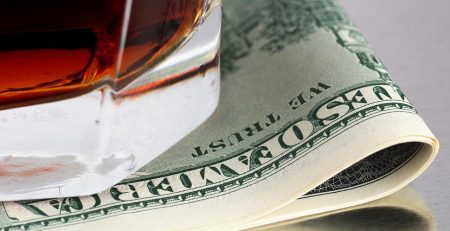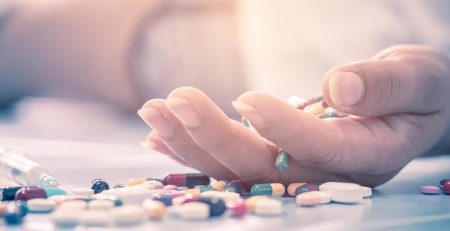Whether it’s solely because you hate hangovers or because you’re in recovery from alcoholism and want a healthy alternative that will help you stay sober, non-alcoholic beer is the solution for many people. But considering that so many people drink beer mainly for the buzz it gives them, what is the point of non-alcoholic beer? As a private alcohol rehab in Florida, we understand the confusion and temptation that alcohol alternatives can present to people recovering from alcoholism, so let’s look into the purpose of non-alcoholic beer.
What Is Non-Alcoholic Beer?
As you may have already guessed by the name, non-alcoholic beer (also known as NA beer or low-alcohol beer) contains zero traces or amounts of alcohol, unlike alcoholic beer. There are various kinds of non-alcoholic beers available, and they’re usually broken down into two categories: alcohol-free beer and non-alcoholic beer (yes, there’s a difference.)
In the United States, the Food and Drug Administration (FDA) states that alcohol-free beer must contain absolutely zero alcohol for the label to say 0.0% alcohol by volume (ABV). ABV is the standard worldwide measurement to assess the strength of a particular beer.
While alcohol-free beer needs to have an ABV of 0.0%, non-alcoholic beer can have up to 0.5% ABV or alcohol. A slight trace of alcohol, therefore, lands any drinks in this category. An example of non-alcoholic beer is “near beer,” which refers to a fermented malt beverage with very low alcohol content. This was the only type of “beer” that could be legally produced and sold during the Prohibition (1919 – 1933).
How Is Non-Alcoholic Beer Made?
Non-alcoholic beers are brewed similarly to alcoholic beer, using the same basic ingredients, such as cereal grains (barley or wheat,) hops, yeast, and water. However, at some point in the process, steps are taken to reduce or eliminate alcohol from the final product.
There are several methods for making non-alcoholic beer. The most common method is to remove alcohol at the end of the brewing process through evaporation or filtration.
In these steps, either heat is used to evaporate the alcohol or filtration is used to remove the alcohol. In recent years, however, a new method has dominated the non-alcoholic brewing industry. This method is called restricted alcohol fermentation, during which the production of alcohol is reduced from the very start by using a special yeast that produces very little alcohol during the fermentation process.
Regardless of the type of process used, however, the goal is to create a non-alcoholic beer that smells, looks, and tastes like traditional beer.
Can You Get Drunk on Non-Alcoholic Beer?
Because non-alcoholic beer can contain up to 0.5% alcohol, it’s understandable why people question whether they can become intoxicated from drinking enough of the stuff. However, if you’re a healthy adult, you cannot get drunk on non-alcoholic beer. But what does “healthy adult” refer to?
Most people may start to feel minor effects of alcohol after drinking non-alcoholic beer after reaching a blood alcohol content (BAC) of 0.04%. These effects may include relaxation and minor impairment of judgment and memory.
However, it’s nearly impossible for people to reach a BAC of 0.04% by drinking non-alcoholic beer. Researchers proved this in a 2012 study where 67 people stopped drinking alcohol for five days, then drank 1.5 liters (about 2.6 pints) of 0.4% ABV non-alcoholic beer in an hour.1
Researchers measured the participants’ BAC throughout the entire study. In the end, the maximum BAC measure was 0.0056%.1 To give you an idea of how minor this percentage is, 0.0056% is:
- 14 times lower the drunk driving limit of 0.08% in England
- 9 times lower than the drunk driving limit of 0.05% in Scotland
- 4 times lower than the BAC level of 08%, which is the drinking limit in the United States
The main reason your blood alcohol content can’t build up to a level of intoxication when drinking non-alcoholic beer is that your body processes the low alcohol amounts in low-alcohol beers almost as quickly as you drink it. This also means that the risk of alcohol poisoning is virtually non-existent.
What’s the Point of Non-Alcoholic Beer?
The point of non-alcoholic beer is to allow people to enjoy the taste of beer without the buzz or other potential health problems. Some benefits of choosing non-alcoholic beer over an alcoholic beer include:
- Reduced risk of contracting a common cold
- Improved sleep
- Better bone growth
- Reduced risk of heart disease
- Healthier weight
Non-alcoholic beer is also safer for people with existing liver problems to consume than drinks that contain alcohol. It also allows people to socialize while remaining healthy and fairly sober.
However, there are also some cons to keep in mind. For one, you should not drink non-alcoholic beer if you’re recovering from alcoholism. While it can’t get you drunk, non-alcoholic beer contains enough alcohol to produce cravings, which can increase your risk of relapse. Additionally, non-alcoholic beer also contains sugars and fats, which can contribute to weight gain and other health problems, similar to regular beer.
Why Do People Drink Non-Alcoholic Beer?
People may choose to drink non-alcoholic beer for various reasons, including:
- Health reasons: Some individuals may be concerned about the negative health effects of alcohol consumption, such as liver damage, addiction, or weight gain. Non-alcoholic beer provides an alternative that allows them to enjoy the taste of beer without these health risks.
- Designated drivers: People who need to drive or operate machinery may choose non-alcoholic beer as an option to stay sober while still enjoying a beverage in social settings. This is particularly common in situations where alcohol is being consumed by others.
- Pregnancy: Pregnant women are generally advised to avoid alcohol due to potential risks to the developing fetus. Non-alcoholic beer allows them to partake in social situations where others may be drinking without consuming alcohol.
- Cultural or religious reasons: Some cultures or religions discourage or prohibit the consumption of alcoholic beverages. Non-alcoholic beer provides a way for individuals in these communities to enjoy a beer-like beverage without violating their beliefs.
- Recovery and sobriety: Individuals recovering from alcohol addiction may choose non-alcoholic beer as a way to replicate the taste and social aspects of drinking without the actual alcohol content. It can be a supportive tool for those who want to maintain sobriety.
- Caloric intake and hydration: Non-alcoholic beer generally contains fewer calories than its alcoholic counterpart. Some people choose it as a lower-calorie option or for its hydrating properties, especially in situations where alcohol may contribute to dehydration.
- Taste preference: Some people simply enjoy the taste of beer but don’t want or can’t have the alcohol content. Non-alcoholic beer allows them to satisfy their taste preferences without the effects of alcohol.
- Social norms and inclusion: In social settings where drinking is a common activity, individuals who choose not to consume alcohol may opt for non-alcoholic beer to feel more included and participate in the communal aspect of sharing a drink with others.
These reasons may vary depending on individual preferences, health considerations, and cultural or social factors. If you’re concerned about your drinking habits or health and want to try non-alcoholic or alcohol-free alternatives, speak to your healthcare provider to determine whether you may require more intensive support.
Need Help for a Drinking Problem?
As we previously mentioned, while non-alcoholic beer can serve as a healthy alternative for many people, it may do more harm than good for those who are recovering from an alcohol use disorder. With that said, if you or someone you love is struggling with a drinking problem, don’t wait to get help.
Addiction can quickly snowball, no matter how high-functioning an individual may seem, so it’s important to find professional care as soon as possible. Our Palm Beach addiction center offers luxury alcohol addiction treatment that incorporates various modalities to ensure that clients’ physical and psychological needs are met.
Starting with medically monitored detox to care for withdrawals to family therapy to help clients make amends with the people they’ve hurt during active addiction, our high-end rehab offers it all in a comfortable and luxurious environment. Don’t wait to get started on your recovery.
For more information about our mental health and addiction treatment in Palm Beach, call Seaside Palm Beach today at 561-677-9374.
Source:













